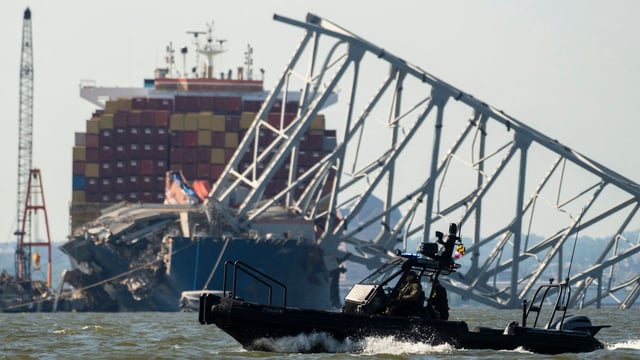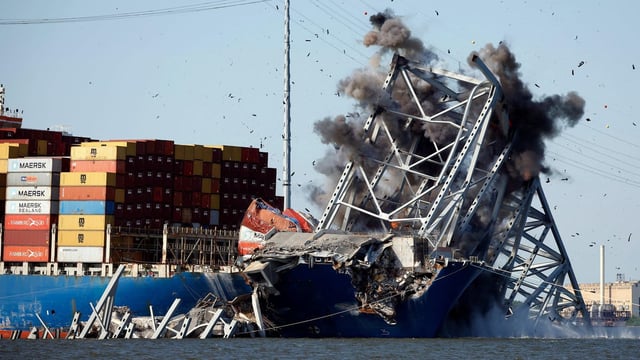Overview
- Twenty-one sailors, mostly from India and Sri Lanka, are stuck on the Dali after it collided with the Francis Scott Key Bridge, causing its collapse.
- The crew's phones were confiscated by the FBI, leaving them unable to contact family or manage personal affairs.
- Investigations by the FBI and NTSB are ongoing, with the crew assisting while maintaining the ship.
- The ship experienced multiple power failures before the incident, contributing to the crash.
- Authorities have provided food and supplies, but the crew faces emotional distress and isolation.

